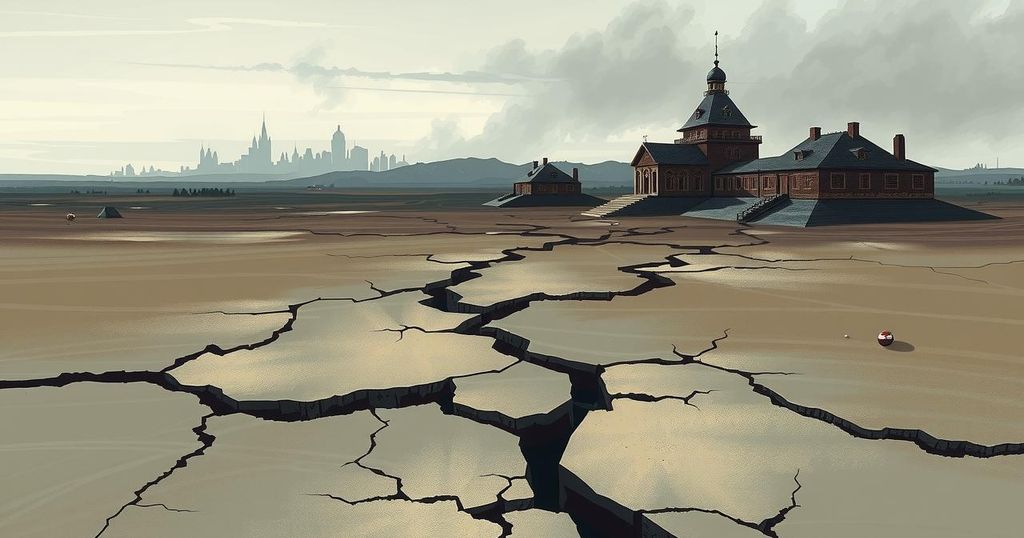Myanmar Earthquake: Soil Liquefaction and Building Vulnerability Cause Extensive Damage

A March 28, 2025 earthquake caused significant damage in Myanmar and Thailand due to soil liquefaction and matching vibration frequencies of buildings. The NCS reported a series of aftershocks and declared a state of emergency due to several fatalities and structural collapses.
On March 28, 2025, an earthquake struck Myanmar and Thailand, causing severe destruction as reported by India’s National Centre for Seismology (NCS). The earthquake’s intensity matched the natural vibrations of buildings, amplifying the damage. O.P. Mishra, the NCS head, emphasized that soil liquefaction played a significant role in the destruction, particularly impacting areas with loose, wet soil such as sandy regions near rivers.
Soil liquefaction occurs during strong seismic activity when ground behaves like a liquid, weakening its structure. This phenomenon can lead to buildings, roads, and infrastructure sinking, tilting, or collapsing. Following the 7.5 magnitude quake, aftershocks ranged from 3.5 to 7, causing further concern in Northeast India and Bangkok, located over 1,000 km from the epicenter in Myanmar’s Mandalay.
The NCS identified the Sagaing Fault, situated 1,200 km east of the Indo-Burma subduction zone, as the earthquake’s source. The earthquake’s energy was directed towards Bangkok, exacerbating the damage due to the frequency of shaking aligning with the natural vibration of many buildings. One strong aftershock of 7 magnitude occurred just 12 minutes post the initial quake near the epicenter.
Historically, this region has experienced significant earthquakes, including a magnitude 7.5 quake in 1912 and another of 7.2 in 1956. Recent reports indicate that at least three fatalities occurred in Bangkok due to the collapse of a high-rise building under construction. Subsequently, Myanmar’s military government declared a state of emergency in six regions, including Nay Pyi Taw and Mandalay.
The earthquake that struck Myanmar and Thailand was characterized by notable soil liquefaction and damaging aftershocks, leading to significant structural damage, especially in Bangkok. The event underscored the vulnerabilities of buildings aligned with the earthquake’s frequency and highlighted the region’s seismic history. The prompt declaration of a state of emergency reflects the severity of the situation, warranting immediate attention to safety and recovery efforts.
Original Source: www.thehindu.com







